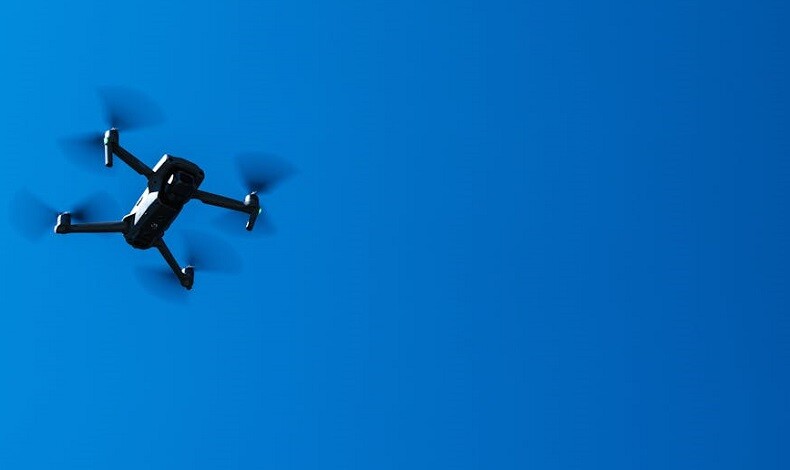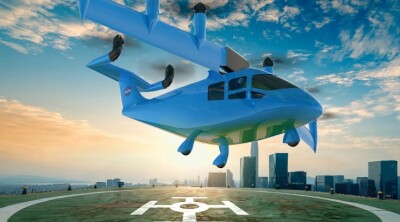This week’s “Around the Commercial Drone Industry” news round-up looks at a new AI-enabled drone stabilization system from MIT, how drones are being used to map marshes in North Carolina, and a program in Morrocco that uses UAVs to detect illegal construction projects.
MIT Develops AI-enabled Drone Control System
A report from MIT details how researchers from that institution have developed “a new, machine learning-based adaptive control algorithm” that could minimize how drones deviate from their intended trajectory “in the face of unpredictable forces like gusty winds.” According to the report, “the new technique does not require the person programming the autonomous drone to know anything in advance about the structure of these uncertain disturbances.” Rather, “the control system’s artificial intelligence model learns all it needs to know from a small amount of observational data collected from 15 minutes of flight time.” This technique “automatically determines which optimization algorithm it should use to adapt to the disturbances, which improves tracking performance,” and “it chooses the algorithm that best suits the geometry of specific disturbances this drone is facing.” MIT says that “In the future, this adaptive control system could help autonomous drones more efficiently deliver heavy parcels despite strong winds or monitor fire-prone areas of a national park.
Drones Map Marshes in North Carolina
Researchers from the Carolina Drone Lab, part of the UNC Institute for the Environment, have been using UAVs for “coastal resilience and habitat monitoring.” Specifically, the investigators have been working with Elizabeth City State University and Audubon of North Carolina to aid in understanding the status of four marsh sites along the Currituck Sound. According to a story from the University of North Carolina at Chapel Hill, drones were deployed to capture super-high-resolution photos, and those images were used to “create an image of the marsh with centimeter accuracy.” Drone-derived data is also used “to create a digital surface model that shows the elevation across the marsh and to understand if the elevation of the marsh is keeping up with local sea-level rise.” Researchers then “compare that data with elevation points collected on the ground using a handheld GPS unit to verify its accuracy.” All this work is in the service of reducing flooding and preventing erosion in the Currituck Sound region.
Moroccan Authorities Use Drones to Find Illegal Buildings
Moroccan authorities are ramping up efforts to combat illegal construction on the outskirts of Casablanca in Morocco, authorities are “using aerial drone imagery to detect violations and hold local officials accountable.” According to a story posted on MSN.com, directives from government leaders have instructed “local administrators and security officers to act on aerial survey data captured by drones operated by the Urban Agency” following “the detection of unauthorized buildings, including event halls and livestock stables, on farmland in the provinces of Berrechid and Mediouna.” As a result, drone flights are now “part of routine urban monitoring efforts aimed at collecting updated geographic data to revise zoning plans and track the expansion of informal settlements.”















Comments